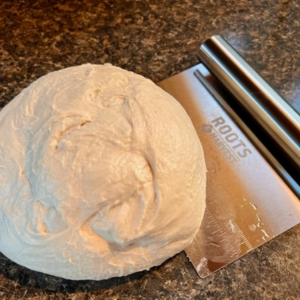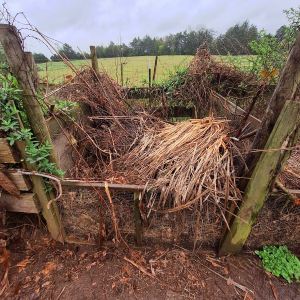
Share Knowledge.
Build Community.
Grow Friendships.
Harboring Herbs on Your Homestead
For nearly twenty years, I lived on borrowed land:
being a student in a dormitory, squeezing into countless tiny apartments, and finally renting a condo with a Home Owners Association attached. Throughout those experiences, the desire to work my own land festered strongly within me, wanting to detach from the housing dictatorship and shape my future.
“Might I,” quavered Mary, “might I have a bit of earth?”
― Frances Hodgson Burnett, The Secret Garden
Imagine my delight when my dream became a reality, moving onto this modest acre of homestead with my husband to start our family. Like a kid in a candy shop, I was elated. Quickly eyeballing the grounds and dreaming up plans to fulfill every fantasy I had secretly pined for since I was a child, growing gigantic sunflowers in a square foot of space my mother gave me. The first project on my plate was to build an herb garden, to have herbs in the ground that I could harvest and use for culinary blends, teas, medicinal, and home use.
I wanted to step out my front door and smell the Lavender and Thyme, to pick Parsley and Chamomile, to brush past Savory and Sage, and to be in the shadow of Lovage. I wanted to watch the bees and butterflies visit the flowers and delight in the many dried bundles hanging inside my kitchen. The dream of making tinctures, our own spice blends, balms, and other products to increase the wellness of my family was one of the driving forces to get started (I also look for any excuse to get my hands in the dirt).
Choosing A Site
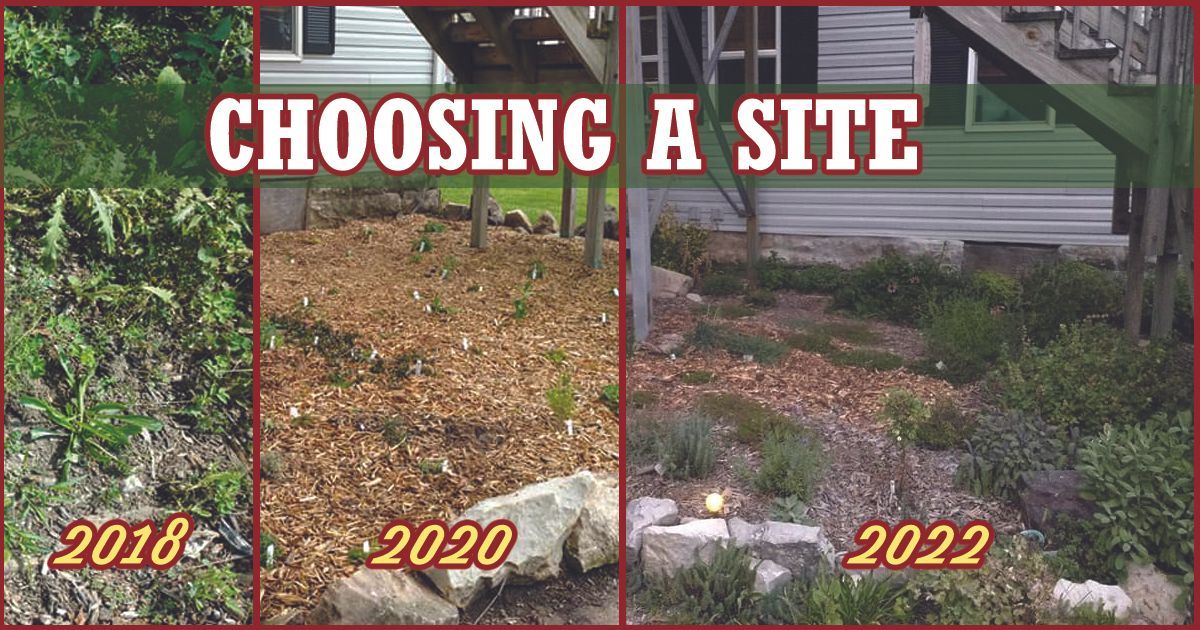
Near the front of our house was an overgrown garden bed completely overrun with thistles. A wren house hung faithfully from the former owners, still occupied by our plucky little visitors enjoying the cover the weedy bed provided. They would soon tolerate and thrive in the garden I was working to create. At least four wheelbarrows full of full-grown thistles later, I had cleared the space and mulched thickly to suppress future growth. It took me two diligent years to completely clear the thistles from their stronghold, using spring rains as my hunting ground.
I carefully evaluated my desires for an herb garden. I researched specific plants that fulfilled those goals, scrutinized the space available, and drew up several rough landscape plans to get me started. Obtaining the plants was easier for me with a specialized herb farm down the road that cultivates a plethora of options. Over the years, I have enjoyed networking with other enthusiasts to trade plant cuttings or starts, seek out small growers, forage for wild opportunities, and start countless from seed myself.
Going from weeds to a successful garden has been a delight, and I will share a few tips I’ve learned along the way.
Making A Plan
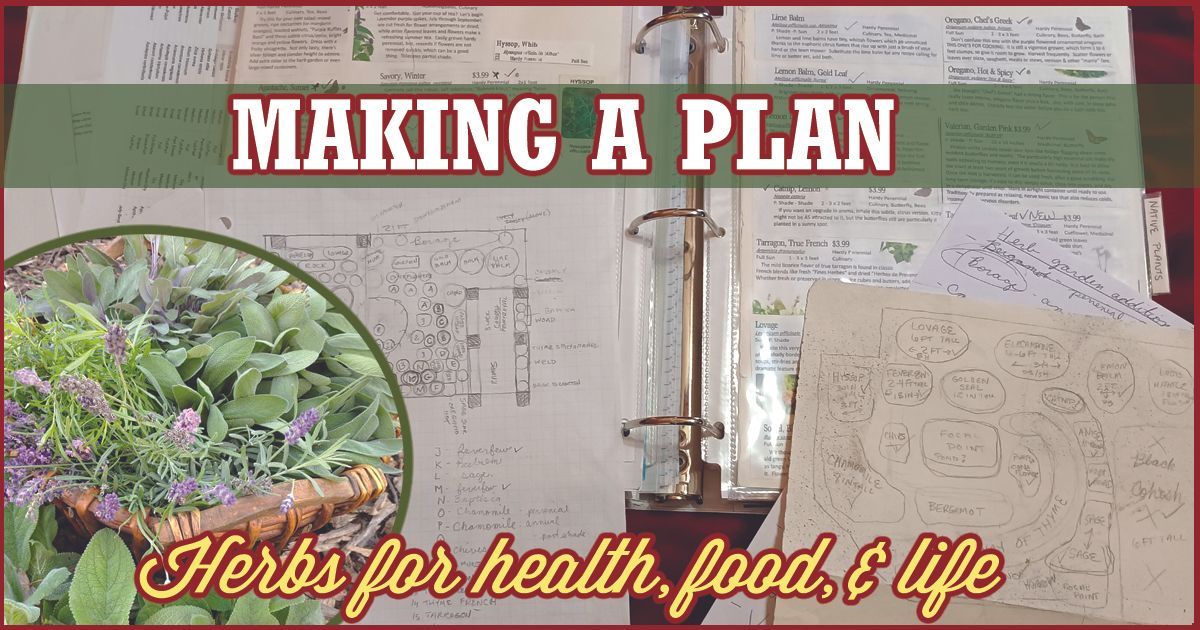
Selecting an area for your herbs doesn’t need to be in an exclusive area; many enjoy tucking them into existing flower beds, using their benefits alongside vegetables as companion plants to deter pests and improve soil, placing them into containers and bringing them inside for winter, or using them as borders along walkways. In choosing a site, there is much to be considered, but allow yourself some forgiveness, as often in gardening, we evolve and update our methods as we familiarize ourselves with the land and our desires.
A large number of herbs have a preference for full sun, but not exclusively so. There are a wide variety that tolerate part sun to shade and can become scenic backdrops or fillers to areas that are both functional and visually appealing. I grew Pennyroyal for use as an ingredient in a pest deterrent spray, and it was an excellent ground cover to fill in space under a staircase. Valerian, Tansy, Catnip, Lemon Balm, Angelica, Lovage, Sweet Woodruff, Cohosh, Blue Stemmed Goldenrod, Elecampane, Goldenseal, and Feverfew are just some examples of part sun or shade-loving herbs. I love my Valerian and Lovage as healthy-sized backdrops and how various herbs layer beautifully from a shady to a sunny spot.
Soil moisture, pH, and nutrition are equally important considerations when choosing a site for your plants. The environments that differ between herbs from other continents are key factors in understanding their needs. The requirements for Lavender are vastly different from those of Sweet Flag, but each can have its place when getting to know your land.
Choosing The Plants
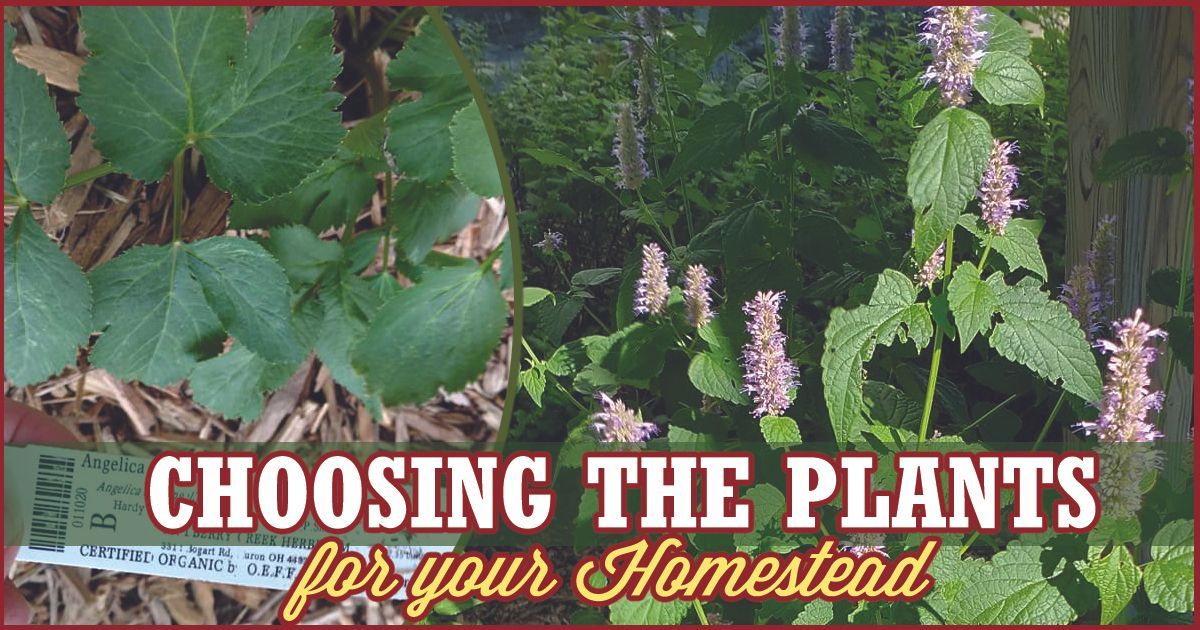
So which plants should you choose? Opening up an herbal book will offer so many options (often with a focus on the commonly known ones), and thousands of species and cultivars exist that have a variety of benefits for us in the garden. Do you plan on using the herbs for multiple uses? Culinary, Medicinal, Decorative, or Retail? Understanding your desires and goals is the first step in securing a plan for your homestead. Consider your family’s health needs, what herbs you like to cook with, and what you enjoy. I have a weakness for Lavender and Roses, love cooking with Basil and Virginia Mountain Mint, making teas with Lemon Balm, wanted Willow and Blue Vervain personally, and having first aid and general ailment options for my family. Sorting out the herbs you desire first will assist in giving direction to your garden and allowances for additional options in the future.
With the area chosen, what space does each plant require, and how tall will it get? I made a list of plants I wanted to obtain with their heights, soil needs, light, moisture, and spacing, then organized which ones would be in the front vs the back of areas. My Thyme plants are lovely as a border by the walkway with Horehound, Savory, and Sage behind. Treat it like a home interior design; measure your space, graph it out, use cut-out shapes of your future plants to represent their mature size, and scoot them around until you are satisfied with the layout.
Even when doing due diligence in planning, we can still encounter bumps and challenges as we become familiar with the plants and our space. For example, I found a Common Rue (Ruta graveolens) available at a greenhouse and added it to a lovely sunny area next to some Oregano and Sage; I was not quite sure exactly what I wanted to do with it. If you are like me, you have issues entering a greenhouse and leaving empty-handed. A few weeks later, I noticed the plants surrounding the Rue had perished. Upon doing research, I found that as a companion plant, Rue was a tricky one (often poisoning other plants nearby). Rue can be successful and beneficial near Onions, Roses, and even Raspberries to help deter aphids. I moved it underneath a black walnut tree (as it can tolerate the juglone chemical) until I decide on another location for it. Sometimes, we need to alter our plans and deal with oversights; that part of the journey is our growth and development.
Maintenance
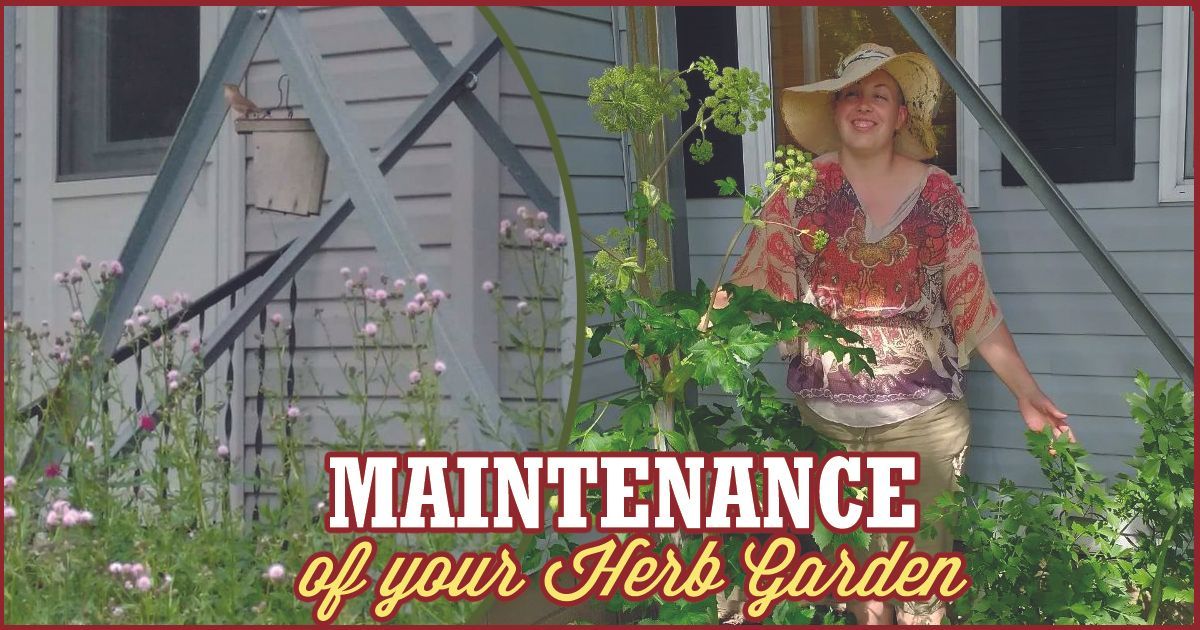
An often under-discussed topic of herbal gardening is maintenance and workload. I certainly romanticize the ideal English cottage, but some herbs require a heavy hand to tame or maintain for the long term. (Also, keep in mind that many large historic homes had hired cooks and gardeners) Many of us have seen the tenacity of Chives bringing forth an explosion of seedlings when even one flower bud is neglected by pruning shears. Even with my aggressive chopping of Lemon Balm I still find numerous seedlings year after year. Some herbs with deep tap roots can become nightmares to eliminate once they begin spreading, so keep this in mind when choosing your workload.
Figuring out which herbs you utilize the most will also factor into your maintenance amount. Perhaps you like to cook with Chives daily; having extra seedlings may not bother your sensibilities. Some say that only one Oregano plant is needed, but others would disagree. Meanwhile, I have no issue with Chocolate Mint growing directly in my herb garden, as I harvest so much for tea (I am a menace). Every year, I evaluate what herbs I need more or less of in my setup. Anise Hyssop, a native wildflower, is one of my favorites for tea with the slight root beer/licorice flavor. I have been trying to plant more around to fulfill the yearly demand. Others, like Thyme, are excellent border plants, but I have more than I actually use.
Mulching can help with weed control, but many seeds can be viable for years and eventually germinate; clipping seed or flower heads is one of the easiest methods for managing your garden and often improves the overall plant. Many herbal flowers are edible, can be used for herbal remedies, or make great cut flowers.
Various herbs require specific pruning methods. Those with a woody structure, such as Lavender and Juniper, thrive when maintained and can be decimated in less ideal circumstances. Understanding each plant can become daunting and overwhelming with all the details, but rewarding with every year spent familiarizing and gaining experience. Take the opportunity to learn about one herb each season and delight in the many uses and applications of just one ingredient.
Harvest times for herbs are another aspect of the workload to be considered. Various parts of plants (such as the leaves, blooms, stalks, roots, or seeds) may have different uses in herbalism and in the kitchen. The season to harvest these parts will depend upon the usage. Dandelions and Mullein are great examples of timing—fresh green leaves of younger plants will be sweeter and have their uses; waiting for flowers and seeds will have other benefits. Compare this to vegetables and how their life cycle determines when to harvest—lettuce will have exceptionally bitter leaves once bolted. Meanwhile, digging up a Horseradish root in early spring or late fall is ideally the best time.
I always consider the energy of plants when harvesting. The life force of a plant is the driving focus of harvest. I enjoy gathering bundles in the morning before 10am, and especially after a rainstorm. When I gather Anise Hyssop leaves for tea, I prefer to harvest them before the plants flower for personal taste; they seem more aromatic and flavorful with less harsh licorice bitterness.
Enjoying Your Herb Garden

Even if you are growing herbs in a small container garden on the patio of an apartment, there are countless ways to enjoy your harvest. Cooking with your own spice blends, adding new flavors to dishes, making refreshing teas, producing tinctures, adding ingredients to balms and salves, Victorian nosegays, wreaths, closet satchels, carpet cleaner, pest spray, hair rinses, bath salts, syrups, first aid, herbal arrangements, garlands, soap, lotions, potpourri, fabric dying, and even paper making.
Herbal usage is extensive with heartfelt, spiritual, cultural, historical, superstition, and practical applications. Adding herbs to your homestead or extending your usage into new fields allows us to grow together as a Community. I look forward to seeing your journey into herbs!
Other Articles
P.O. Box 1190 Statham, GA 30666
All Rights Reserved | National Ladies Homestead Gathering, Inc.


